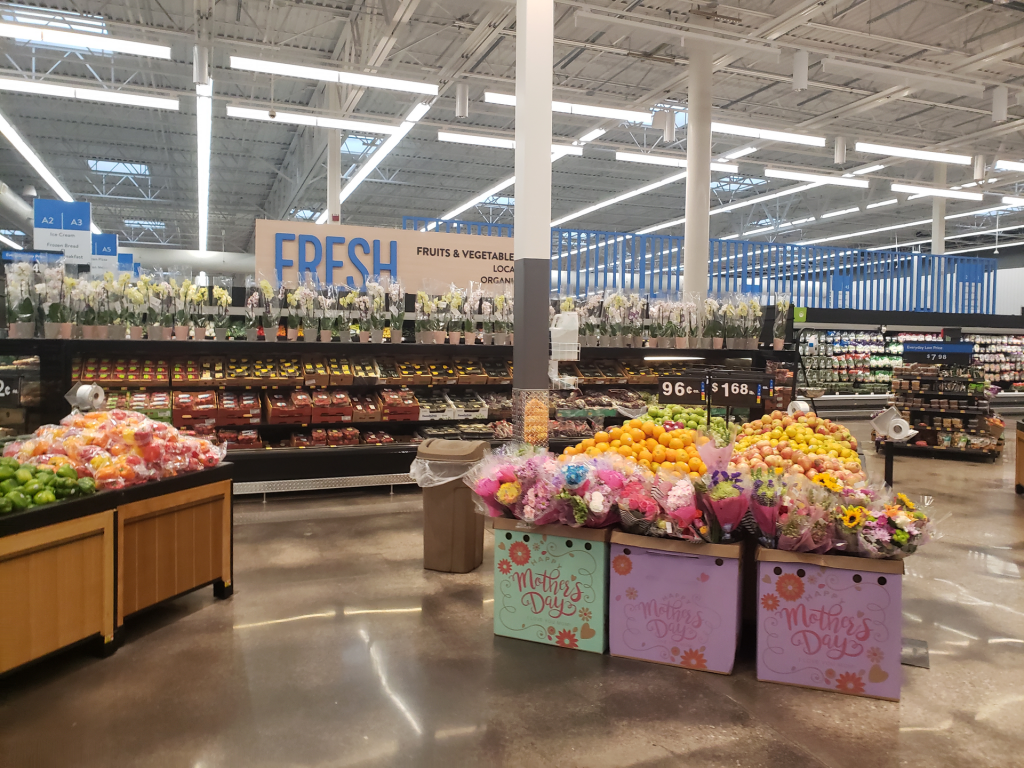House Bill 1955, signed into law February 27, 2024, eliminates Oklahoma’s 4.5% state sales tax on groceries. Local sales taxes, which range from 0% to 7% in Oklahoma, will continue to apply to groceries after the state sales tax exemption takes effect.
Oklahoma adopts SST definitions for food-related terms
In addition to establishing the partial sales tax exemption, HB 1955 defines “food and food ingredients” (aka, groceries), “candy,” and “soft drinks.”
Oklahoma is a member of the Streamlined Sales and Use Tax Agreement (SSUTA, or SST), which strives to simplify and reduce the burden of sales tax compliance for businesses. To that end, it created a uniform library of definitions for the major tax base, including the terms “candy,” “dietary supplements,” “food and food ingredients,” “prepared food,” and “soft drinks.”
Although Oklahoma has been a member of SST since 2005, Oklahoma law didn’t provide a definition for these food-related products. With the enactment of HB 1955, it does.
“Food and food ingredients” are defined as “substances, whether in liquid, concentrated, solid, frozen, dried, or dehydrated form, that are sold for ingestion or chewing by humans and are consumed for their taste or nutritional value.”
HB 1955 specifies that “food and food ingredients” includes bottled water, candy, and soft drinks. However, “food and food ingredients” does not include:
- Alcoholic beverages
- Dietary supplements
- Marijuana, usable marijuana, or marijuana-infused products
- Prepared food
- Tobacco
Oklahoma has adopted the SST definitions for candy, dietary supplements, prepared food, and soft drinks.
“‘Candy’ means a preparation of sugar, honey, or other natural or artificial sweeteners in combination with chocolate, fruits, nuts, or other ingredients or flavorings in the form of bars, drops, or pieces. Candy shall not include any preparation containing flour or requiring refrigeration.”
“Dietary supplements” means any product, other than tobacco, that’s intended to supplement the diet and contains one or more of the following ingredients: a vitamin; a mineral; an herb or other botanical; an amino acid; a dietary substance to supplement the diet by increasing the total dietary intake; or a concentrate, metabolite, constituent, extract, or combination of any ingredient described above.
To qualify as a dietary supplement, a product must be:
- “intended for ingestion in tablet, capsule, powder, softgel, gelcap, or liquid form, or, if not intended for ingestion in such form,” not represented as conventional food and not represented for use as a sole item of a meal or of the diet; and
- “required to be labeled as a dietary supplement, identifiable by the label and as required pursuant to Section 101.36 of Title 21 of the Code of Federal Regulations”
“Prepared food” is:
- Food that’s heated by the seller or sold in a heated state
- Two or more food ingredients mixed or combined by the seller for sale as a single item
- Food sold with eating utensils provided by the seller (e.g., cups, glasses, forks, knives, plates, spoons, or straws)
“Soft drinks” are any nonalcoholic beverages containing natural or artificial sweeteners. Beverages containing the following ingredients are not “soft drinks” under the sales tax law: milk or milk products; soy, rice, oat, or similar milk substitutes; or beverages with greater than 50% of fruit or vegetable juice by volume.
Per the Streamlined Sales and Use Tax Agreement, SST member states may include or exclude “bottled water,” “candy,” “dietary supplements,” and “soft drinks” from their definition of “food and food ingredients.” Oklahoma lawmakers decided to include bottled water, candy, and soft drinks but exclude dietary supplements and prepared food.
Oklahoma temporarily restricts local taxes on food
In addition to the changes described above, HB 1955 specifies that if a local taxing jurisdiction decides to increase its local sales tax or excise tax, the rate increase will not apply to “food and food ingredients.” At least for a time.
Per the bill: “On of after the effective date of this act, until June 30, 2025, a county or a municipality that submits the question of a sales tax or excise tax to its voters shall provide that the increased rate does not apply to “food and food ingredients” as that term is defined in Section 1352 of Title 68 of the Oklahoma Statutes.”
Patience and persistence pays off
The Oklahoma Legislature has been trying to eliminate the state sales tax on food for years. What got the exemption over the line in 2024 is unclear, but it could be the rising cost of groceries. In praising the enactment of HB 1955, state Senator Tom Woods said, Oklahoma families could save an average of $700 per year as a result of the exemption, “providing much-needed relief in the face of inflationary pressures.”
The state sales tax exemption for food and food ingredients is scheduled to take effect in Oklahoma “sometime in August” 2024. As of this writing, the exact date hasn’t been announced.


 Economics1 week ago
Economics1 week ago
 Economics1 week ago
Economics1 week ago
 Economics6 days ago
Economics6 days ago
 Finance1 week ago
Finance1 week ago
 Blog Post7 days ago
Blog Post7 days ago
 Economics1 week ago
Economics1 week ago
 Personal Finance6 days ago
Personal Finance6 days ago
 Economics1 week ago
Economics1 week ago








